Breaking Beta | Can We Accurately Assess the Movement Skills of Sport Climbers?
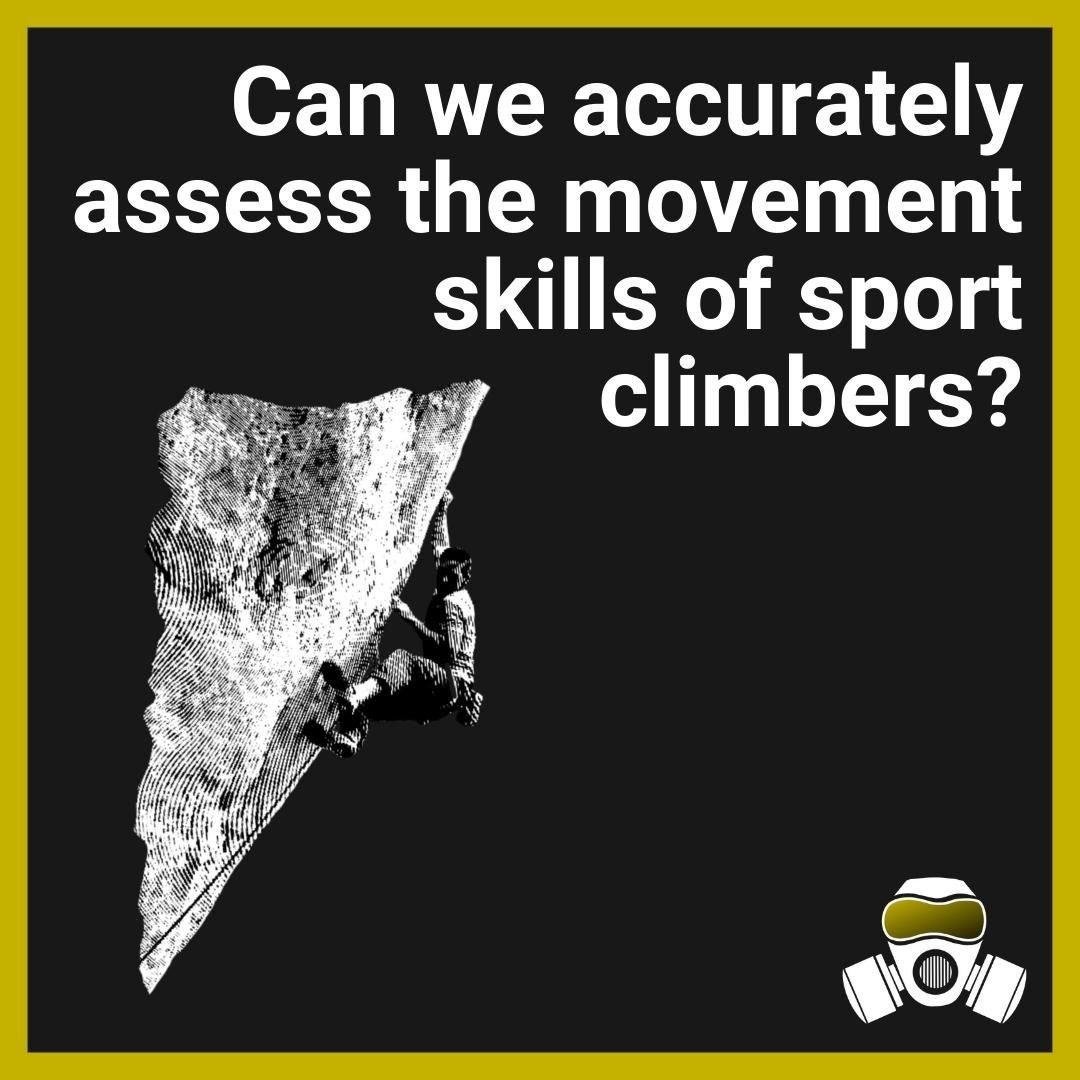
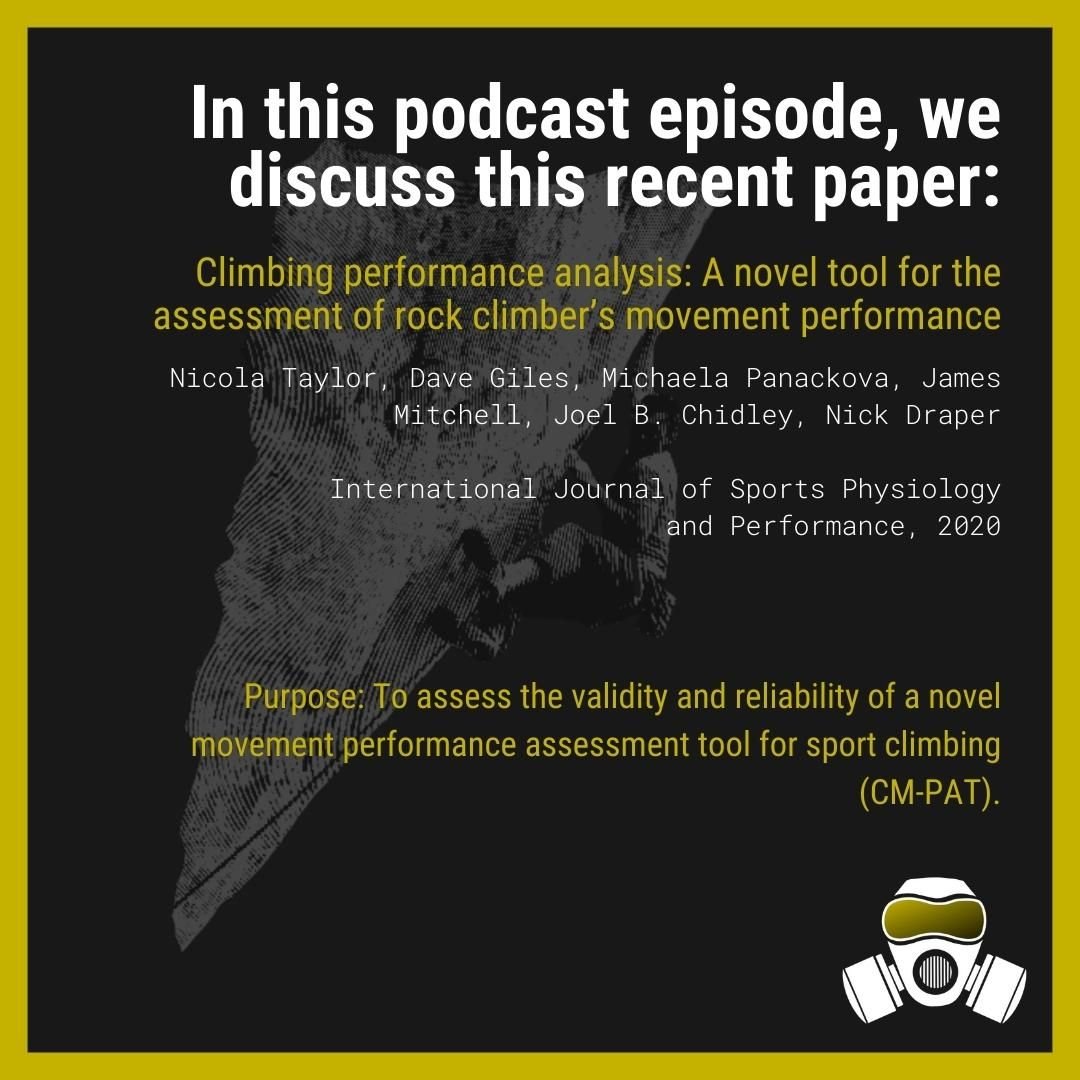
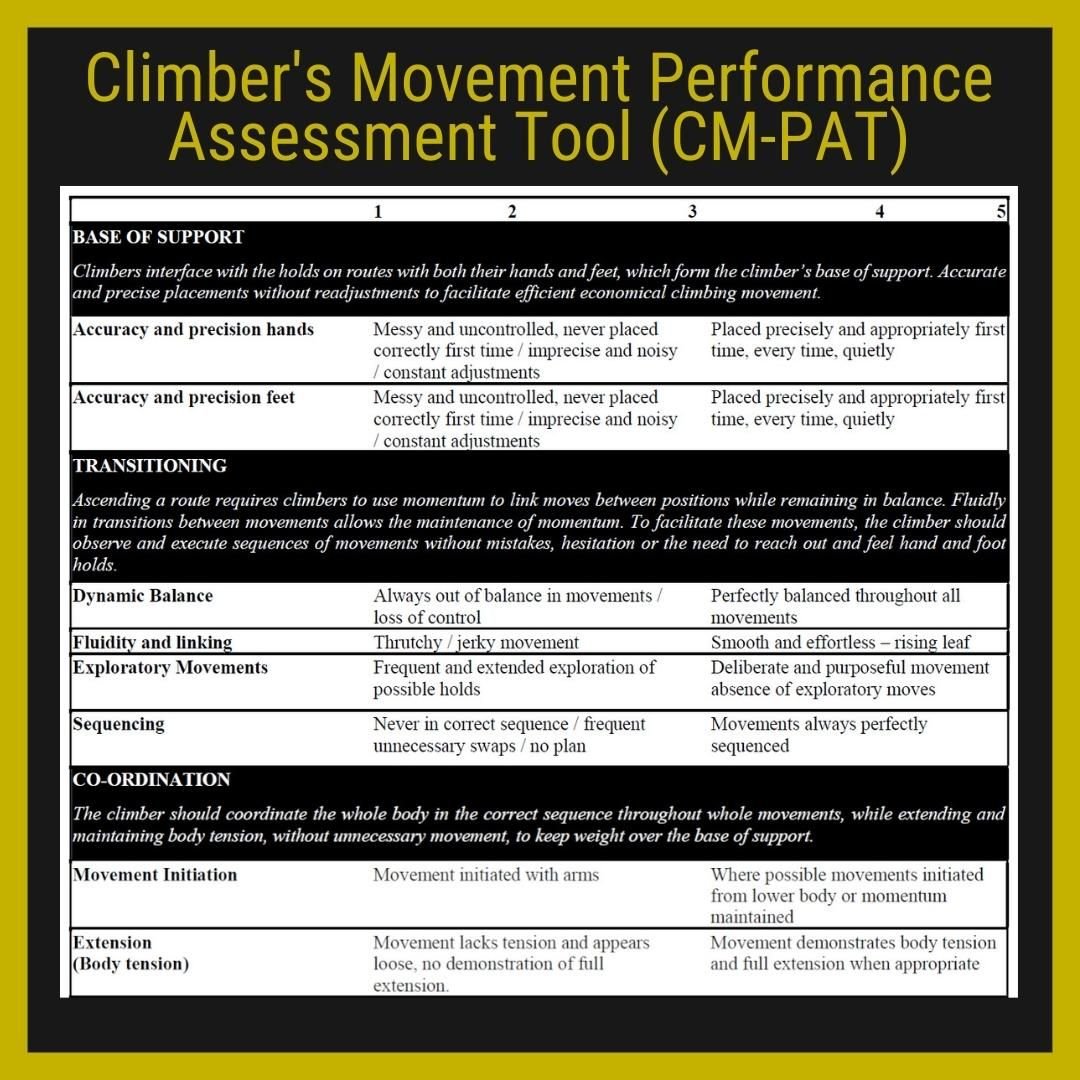
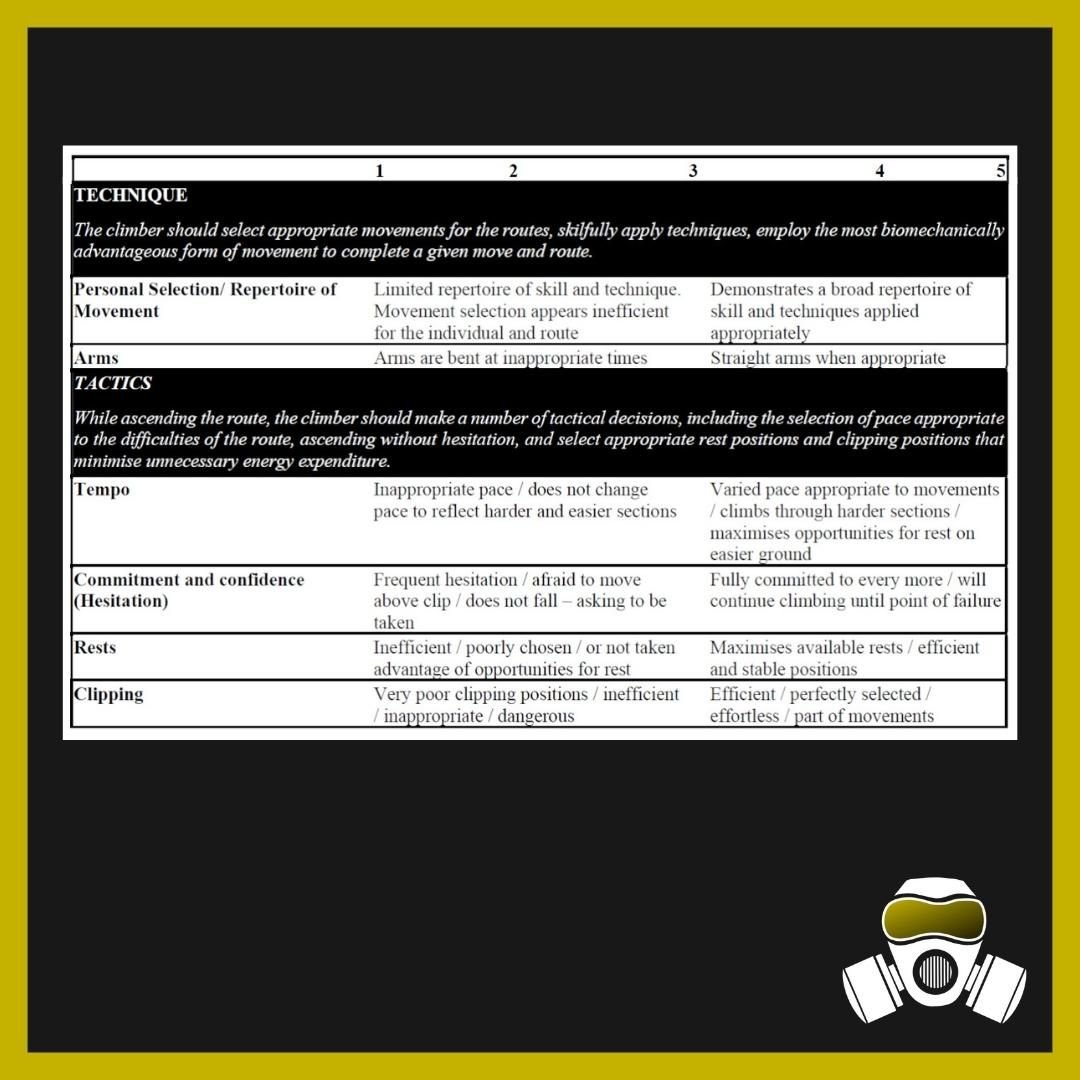


In this episode, Kris and Paul dig into a paper that presents and then tests a method for measuring movement skills in climbing:
Climbing performance analysis: A novel tool for the assessment of rock climber's movement performance
Authored by Nicola Taylor, Dave Giles, Michaela Panáčková, James Mitchell, Joel B. Chidley, and Nick Draper; published in the International Journal of Sports Physiology and Performance in January, 2020.
They’ll attempt to determine whether or not movement skills in climbing can even be measured reliably, and if the proposed system translates to anything useful for everyday climbers and coaches trying to assess movement.
New episodes of Breaking Beta drop on Wednesdays. Make sure you’re subscribed, leave us a review, and share!
And please, tell all of your friends who tell you that you are climbing something incorrectly, that you have the perfect podcast for them.
Got a question? Comments? Want to suggest a paper to be discussed? Get in touch and let us know!
Breaking Beta is brought to you by Power Company Climbing and Crux Conditioning, and is a proud member of the Plug Tone Audio Collective. Find full episode transcripts, citations, and more at our website.
FULL EPISODE TRANSCRIPT:
Kris Hampton 00:00
Season Two of Breaking Beta is brought to you by Gnarly Nutrition. After the episode, use the code BETA15 for 15% off of your next order at gognarly.com or click the link in your show notes to have the code automatically applied. Gnarly Nutrition: Push your possible with science-backed, delicious sports nutrition
Breaking Bad Audio Clip 00:25
Yo, why would you want to do this lame ass job anyway? I mean no no offense.
Because I'm on probation, yo. I got to prove to the man I'm rehabilitated, upstanding citizen, all that shit. It's really good exercise too. Look, you can't just stand there. You have to spin the arrow. There's all these moves you have to learn, like the helicopter.......See?......That one's a bitch. I'm not very good at it yet.
Wow. You really opened my eyes to the possibilities.
Yeah.
Kris Hampton 01:00
Question here, Paul, is have you mastered the helicopter yet?
Paul Corsaro 01:06
Guess not. I don't even know what bucket we'd put that one in, huh?
Kris Hampton 01:10
Hahaha. It's not one of the moves that they're trying to measure in this paper. Doesn't necessarily come into play in sport climbing but comp bouldering, however, you might have to master the helicopter, so
Paul Corsaro 01:26
I guess I'd be a strong 1 at the helicopter, if we go by this rubric.
Kris Hampton 01:30
Open your eyes to the possibility, Paul. Haha
Paul Corsaro 01:32
Haha
Kris Hampton 01:35
All right, we are here to discuss a paper called "Climbing performance analysis: A novel tool for the assessment of rock climber's movement performance." Authors are Nicola Taylor, Dave Giles, Michaela Panáčková, James Mitchell, Joel Chidley, and Nick Draper. Some names in there that we recognize from some other papers have looked at. It's in the journal of... the International Journal of Sports Physiology and Performance, January 2020. Purpose was "to assess the validity and reliability of a novel movement performance assessment tool for climbing, and sport climbing." And I think this is a cool thing to be looking at, you know. We've done a lot of looking at finger strength, that looking at other strength metrics that are relatively easy to measure. How can we measure movement performance? That's a tricky question.
Paul Corsaro 02:32
And like when I started looking through this and started looking through some of the categories and seeing how they were setting things up, my first like knee jerk reaction was to immediately balk at this. I'm like, "You can't even measure these things!" or just like, "Why would you even do this?" . Like, people are missing the forest for the trees....and maybe I was just in a bad mood when I was reading the paper too.
Kris Hampton 02:33
Hahaha. For sure.
Paul Corsaro 02:48
That's always a chance. But, you know, as we went further into how they set it up, like, you know, I think we could have gotten some good things out of this.
Kris Hampton 02:56
Yeah, I think so. I think it's really interesting, some of the ways they set it up. I'm really interested, once we're wrapping this up, to hear what directions you would go in the future. But uh, let's get this thing started.
Breaking Bad Audio Clip 03:10
You clearly don't know who you're talking to, so let me clue you in.
Paul Corsaro 03:16
I'm Paul Corsaro.
Kris Hampton 03:18
I'm Kris Hampton.
Breaking Bad Audio Clip 03:19
Lucky two guys, but just guys, okay?
Paul Corsaro 03:22
And you're listening to Breaking Beta,
Kris Hampton 03:25
Where we explore and explain the science of climbing
Breaking Bad Audio Clip 03:28
With our skills, you'll earn more than you ever would on your own.
Breaking Bad Audio Clip 03:34
We've got work to do. Are you ready?
Paul Corsaro 03:36
I think I'm about a five on the ready scale.
Kris Hampton 03:39
Haha. I have been.... this is a topic I've been exploring in my head and with Nate and you and I and some of the other coaches have talked about it quite a bit over the years. It's a tough topic. So I'm, I'm, I'm ready. Let's let's get into the methods.
Breaking Bad Audio Clip 04:01
In a scenario like this, I don't suppose it is bad form to just flip a coin.
Paul Corsaro 04:07
So when we dig into how they set the study up, it's similar to when we go back to our Better Call Paul episode, I believe, where they develop the IRCRA. Pretty much you know, they did a two part and they did a similar setup for looking at this CM-PAT test. So the first step was figuring out what they were going to look at. So they went back to that Delphi method, which is you know, a repeated iterative process of talking about "What categories do you feel it's important to include in this test? Should we include it or should we not or is there anything we missed? Alright, let's go back around" and they went through as many times they need with the people they select for this process and come to a consensus on like, "Alright, this is what needs to be in this test." So they went through that Delphi process with 10 expert coaches of regional and national level. So and they were just looking at "How do we categorize and score climbing movement?" And some of the things that were important for this was, they're looking for factors that are common to all climbing movements. They shouldn't be tied to a specific move, so like we're not looking at a drop knee per se, or I think they cite a rock-over in the study. But more global characteristics of movement and performance, I think is how I would describe it, for how you move. And so after that process, they came upon five categories of movements, split into 14 items. So I'll just jump into the categories real quick. So the first category was "base of support", which was "accuracy and precision", and the other subcategory was "adjustments." The second category was "transitioning movement". And in that category, we have "dynamic balance", "fluidity and linking", "exploratory movements" and "sequencing". The third bucket or category was "coordination", which consists of "movement initiation", "extension" and "body tension". The fourth bucket is "technique", which is "repertoire of movement skills and techniques". And then the fifth category is "tactics". So "tempo", "commitment and confidence", "rests" and "clipping". So for all of these things, you can score someone on this performance assessment test a score of 1 to 5. So 1 would be, you know, poor or non existent and then 5 would be flawless demonstration of skill performance. If only we were doing a Mortal Kombat
Kris Hampton 06:25
Hahaha
Paul Corsaro 06:25
Mortal Kombat podcast, we could put the "flawless victory" clip in there.
Mortal Kombat Audio Clip 06:29
FLAWLESS VICTORY
Paul Corsaro 06:30
There it is. Perfect.
Kris Hampton 06:33
Hahaha
Paul Corsaro 06:33
Yeah, so and you would score all these movements and that way, you could look at the average score for either those larger categories, or really drill down into the specific movement qualities, if you will. So that's in a rough, kind of broad brush, I would say is what the performance assessment test looks at. And then do you have anything you want to say on that first part?
Kris Hampton 06:56
No, I don't think so. Other than, you know, I'll make sure we have, they've got a nice table in here that explains all of these, these five different categories that I'll make sure we have in our blog posts and in the social posts, so you guys be able to see that.
Paul Corsaro 07:10
Sweet. So you know, the second part of the study is looking at, "Hey, does this actually look at what we're trying to get it to look at and does it explain it well?". So what they did is they took 61 climbers, 14 of them are female, you know, we can... we're always going to talk about the ratio of that, right?
Kris Hampton 07:25
Yep.
Paul Corsaro 07:26
Yeah, 14 of them are female out of the 61, so that leaves......... 47.
Kris Hampton 07:33
Wow, you did that way faster than I did.
Paul Corsaro 07:34
Yes, that leaves 47 male climbers. They found their self reported climbing ability. They've used the 3:3:3 Method for onsights, it looks like. So what their onsight grade was from 6a to 6c+ or 5.10b to 5.1lc, or IRCRA 11 to 16, whichever scale you want to put it under. So what they did is they took these four experienced coaches watched these individuals climb, and onsight or onsight climb a route that was about 14 meters in length, about 1.6 meter overhang. I had to bust out my old high school trigonometry skills.
Kris Hampton 08:17
Haha
Paul Corsaro 08:18
I think, you know, six, seven degrees overhanging, I could very much be wrong on that, so
Kris Hampton 08:22
What what we call slab these days
Paul Corsaro 08:24
Yeah, right. Haha. So they were asked to complete the route. And so they would just climb the route. And a video camera was set up to where these four experienced coaches would watch the video and it was randomized, and they would score the people on that the CM-PAT test based on their performance. So they were looking at, you know, either these categories category, one of the five categories, seeing how well that matched up to how well they performed on the route or how the well that matched up to their self reported climbing ability, and just their overall score. So they're going to see "Is this predictive?", "Is this reflective of what's actually happening in reality?". So that was the second phase of the study.
Kris Hampton 09:05
Yeah. And there were some quantitative measures as well, when they were watching the videos. Those included success or failure, you know, "Did they fall? Did they succeed?", the climbing time, their pace of ascent, and the geometric entropy while they were climbing. Geometric entropy is this interesting thing that's been looked at in quite a few papers I've seen in trying to measure whether someone moved well across a specific route or boulder or whatever. It's used in speed climbing quite a bit to say how well did your ascent do and maybe, maybe I'm not explaining this correctly, but I think it essentially is how much are you deviating from the center line, sort of, while you're climbing.
Paul Corsaro 10:00
That's what I gathered too. I had to read that paragraph because I hadn't really seen the geometric entropy side of things, in just the stuff I've looked at. So I had to read that paragraph like four or five times to try and grasp what was happening there. But I think, I think I like what you said, where it says like, "How far are you deviating from that center line?".
Kris Hampton 10:19
Yeah, and, you know, I, that's certainly a very simplified way to look at it. And I'm sure someone who is really experienced in this is going to take issue with what I said, but you know, I would love it if you would post a more, a more appropriate definition. There's also one thing in here I want to just take a look at before we move on. They defined "skill", as they were doing these, you know, this refinement of their... what they had decided on measuring, they define "skill" as "the ability to coordinate a series of complex whole body movements to ascend a predefined route with the economy of movement". And I think this is a really great definition. My only gripe with it would be.....maybe we should say something more to the effect of "to ascend a predefined route with individually necessary economy of movement", because I'm not sure that we, as climbers who are trying to get to the top of route to succeed, care about whether we're being.... our movement is economical all the time. If we know we have it to spare, we might use some extra power. Are we still getting there, you know? I'm not sure if that's the best definition.
Paul Corsaro 11:46
I think that's what my like, immediate, like visceral reaction was to balk at how we're trying to categorize this movement here. Because you know, I'm a big believer in there's no recipe. Like, everything's a little bit different. I'm like, "How can we formulate this? How can we make this strict rubric of movement when everyone moves different and the solution to the movement can be different for everybody?"
Kris Hampton 12:05
Yeah, yeah
Paul Corsaro 12:05
Yeah, so I think I think
Kris Hampton 12:07
It's definitely tough.
Paul Corsaro 12:08
Yeah. Yeah.
Kris Hampton 12:10
Yeah. You know, sometimes there's a reason not to be economical with your movement, you know. Sometimes you make the choice to not be as efficient. So, it's a it's a toss up for me whether whether we try to make that definition better, or whether we just move on with it. Because like we've said many times, you have to say something. You have to you have to stand for something when you're starting these, you know, this research and, and I think they do a good job of it here.
Paul Corsaro 12:42
I think so too. Yeah.
Kris Hampton 12:44
All right, let's, let's take a break, and we'll be back with the results and what we think about it,
Breaking Bad Audio Clip 12:49
Please, I really need a break here, okay?
Kris Hampton 12:55
Like many of us who are focused on performance, I'm a creature of habit. I spent the first 45 years of my life always choosing chocolate over vanilla. Every single time. Well, not anymore. Gnarly Vanilla Whey changed all that. Whether it's sprinkled over my breakfast cereal or blended with fruit, Gnarly Creatine and Gnarly Collagen for a pre-session snack, vanilla has taken over as the flavor of choice. Responsibly sourced, nothing artificial and also available in a vegan version, Gnarly Protein comes in a steel can that's infinitely recyclable. The nutrition science is good, and they care about the environment.
Breaking Bad Audio Clip 13:33
Boo yah! Wooo!
Kris Hampton 13:36
Now, don't get me wrong, I still keep a can of chocolate protein in the cabinet, because mixing chocolate and vanilla together is the best recovery protein drink around. You just have to try it for yourself. Use code BETA15, that's B E T A one five for 15% off your next order at gognarly.com or click the link in the show notes to have the code automatically applied.
Breaking Bad Audio Clip 14:01
Let's all get back to work for Christ's sake, okay!
Kris Hampton 14:04
All right, we have returned. I'm going to go just through some of the results that we saw here and you know what they say in the paper, the claims that they make. And what I'm more interested in is just our discussion about it, you know, because we're both coaches who think a lot about this and I think they do some really interesting things here, so. They looked at the reliability between the observer scores, the coaches who were scoring the climbers on the videos, that reliability was excellent. The test/retest reliability was excellent. The differences in the performance descriptors between ability groupings were significant for all of the characteristics, including the total and the sub scale.... the individual categories. The CM-PAT, which I don't know if we ever said what CM-PAT means, in this case, it is the Climber's Movement Performance Assessment Tool. The CM-PAT scores explain 61% of variance in the climbing performance, compared to 16% for geometric entropy and 52%, for climbing pace. So some of these more quantitative scores didn't do quite as well as the CM-PAT, which is more qualitative and based on the movement of the climber as these coaches are observing it. So I think that's really interesting that, you know, and make sense to me as well, that if you have a, an expert coach there who's looking for specific things in the movement, that's going to tell us a little more about the climbing performance than these really quantitative measurements that we can come up with.
Paul Corsaro 15:57
And, you know, I think it's kind of good that for... how they designed the study, that was the big thing they're looking at, too. I felt I felt like that was more of the primary variable they were exploring here and they just had the opportunity to look at these other things as well. But I think there probably would have been a little bit more, not necessarily concern, but disappointment if the CM-PAT scores hadn't come out to be, you know, significant and reliable and valid and all those things.
Kris Hampton 16:26
Yeah, absolutely. I'm not sure how I feel about the methods used to reach the reliability, both between the raters and the test/retest. In the test/retest, they reduce it down to only one of the four raters. And one of the things that really stood out to me is that all four of these "raters", as we're calling them, were coached in what to find until consistency across the group was achieved and then there was just one route used for the actual testing. So they were able to get a feel for "This is how this route is supposed to be climbed" and I don't think that's going to be the case very often, when you're coaching somebody. More often, you're going to be guessing how it's supposed to be climbed based on their movement. But when they're watching several people climb it, they get a better idea of "Was this 'correct' ? Was this 'incorrect' ?" and I'm using air quotes for all of the "correct", "incorrect" there. So I don't I don't know if we're getting a good idea of how this might be used in real life.
Paul Corsaro 17:38
I would say maybe, you know, since they're looking at these global categories of movement, hopefully, when they were doing these, this instruction on how to use the scale, they were really stressing like, "Don't try and like peg in your head, like, you know, the move from this hold to this hold should happen this way". We got to keep it to these broad concepts, because definitely keeping it to just one route could lead someone to get not necessarily tricked, but just led down the wrong path of starting to view it as "Oh, this is the deadpoint move. You got to do the dead point move", right, as opposed to, "You've got to maintain your balance or your tension through that move", or so on and so forth.
Breaking Bad Audio Clip 18:15
<<cellphone ringing>> Yeah, they might be trying to triangulate your movements.
Kris Hampton 18:18
Yeah. So you know that that was a concern for me. I hope you're right, that the coaches were able to recognize that that could be a possibility and they could sort of sidestep that by looking at the movement qualities, as opposed to just the movement choices. Which also needs to be looked at, right, you know, in the techniques category, do we have the right repertoire of movements? So it's tough to parse that out, I think. I love that, in the beginning of the paper, they mention they weren't focusing on specific techniques, which I think is a trap for a lot of coaches. But they are focusing on factors that are present in all climbing movement. That's one of the things they, when they went through that iterative process, they decided to do. I do think it's really hard to do that in practice. I appreciate the theory of doing that. But as soon as we start defining the sub scales using words like "correct" or "appropriate", or "perfectly", things like that, which they do quite often in here, I think we're asking the coaches to decide if they chose the correct technique and if they applied it correctly, when it could be, you know, different for everybody. So I think there has to you have to there has to be an understanding that there's got to be some wiggle room here. So not saying they did this wrong or in a bad way, just that we as readers, as coaches, as practitioners, need to understand that this is not a quantitative thing. It's not set in stone, and
Paul Corsaro 19:59
Uh uh. And you shouldn't be like, trying to score a 3.9 on a climb, like, you know,
Kris Hampton 20:05
Right. That's also really important. How do we communicate this to the climbers and then does the goal become to score better? That could lead us astray pretty quickly.
Paul Corsaro 20:21
Yeah, I guess, you know, my, I, when we get into the discussion, I guess we'll talk about some more thoughts I have there if you're cool with that.
Kris Hampton 20:29
Yeah, totally. A couple more things about just the same line of thinking. I think there are some cliches in there that they, they fall victim to like, mentioning several times, quiet feet and straight arms. I would, you know, in the hands of an experienced coach who doesn't speak in absolutes, those are really great tools, but they're very often taken too far by newer coaches. So I think it's slippery, and there just needs to be some better definition inside of here. I think that knowing who the coaches were and understanding their expertise would be helpful for me in understanding the results here.
Paul Corsaro 21:19
Because yeah, I think we just have... just years of years of years of coaching experience, I think was the only qualifier that was in this paper, I believe. Yeah. So
Kris Hampton 21:31
Yeah, they do make the claim that the CM-PAT offers coaches a "reliable observational tool that can differentiate between ability groups and successful and unsuccessful climbers, while also providing coachable information improving on existing performance measures and observational tools." How do you feel about that statement?
Paul Corsaro 21:51
I don't think the groundwork has been laid to say that yet. I think maybe a first step towards this line of inquiry was made by this paper. And, you know, it backs up for that first step. But I mean, you looked at the route was, I think the onsight route was a 10c, and we looked at climbers from, you know, all under 5.11 for this initial study, you know, and they even mentioned this in their paper, they need to look at this with climbers who are climbing at a higher level, climbers with more experience.
Kris Hampton 22:22
Yep
Paul Corsaro 22:22
Like I said, they only we only looked at one route. So, you know, it's backed up for what they did here but I don't think this is the groundwork necessary to say this is a tool that can be used. It is a signpost to maybe saying, "Hey, this could be an interesting area to further explore". And, personally, I said I balked at first when I read it, but you know, the more I think about it, I think, if this research continues, and continues to come out and be convincing, and it expands on what we looked at here, I think it could lead to something that could be useful to, you know, highlight, "Hey, maybe we can direct our movement coaching to focus on this area based on you know, what we've seen, what bucket we put things in?" I think that is really interesting and there's potential there, but this isn't a tool I'm pulling out of my toolbox right now.
Kris Hampton 23:12
Yeah, I agree. I don't think the statement is entirely accurate. I agree to a degree. But I think we would have to specify during an onsight and in a very narrow grade window, this might be a, you know, a reliable observational tool, depending on your coaching experience. I don't think just any coach can just come in and use this.
Paul Corsaro 23:39
Right.
Kris Hampton 23:39
So I think that needs to be part of this, this claim that they're making. And like you said, they definitely recognize a lot of the shortcomings in this paper, which I think is great. I think, anytime you're going into doing one of these studies, and you're going to put it out into the world, if your study, you know, doesn't show exactly what you hoped it did or if it shows that something is only 50% reliable, say in this case, you know, I think it explained 61 or 62% of the differences in their climbing ability. You're not seeing something with 100%, so some people are going to say, "Oh, not valid", you know and I think then coming in at the end of the paper and saying, "Here are the shortcomings" is the smart way to go. And it's like we've talked about a lot. It's it's good science. It's what we like to see in these papers. And I think maybe better than anything, that's where they did a really fantastic job in this paper of saying, "These are some of the shortcomings". They mentioned that the quantitative measures failed to give any actionable information. They questioned the relevance of things like pacing due to a bunch of different factors that are unique to different climbers.
Paul Corsaro 25:05
Which I'm glad. I would have raised an eyebrow otherwise, because we all know people climb at wildly different speeds and yeah, based just what we've all seen from observational experience
Kris Hampton 25:15
Exactly
Paul Corsaro 25:15
Like, there, I don't think there's an optimal pace for any climb ever.
Kris Hampton 25:19
No, not not at all. Totally depends on the climber. And they recognize that their group has a super narrow window of ability. And maybe most important, they mentioned that the use of this tool, the CM-PAT, might be limited both in research and the general community, due to the fact that you have to be an expert coach who followed a specific training for what they say to be reliable. So I appreciate that they come in at the end of this with, "Hey, this is what we tried. This is how it went. But here are all these caveats." What do you think comes next from this? You said it's a tool that, you know, needs to be expanded upon and looked at more, so what do you think comes next?
Paul Corsaro 26:13
I think the next step, just something that seems that could I don't know, if they've done this study, or they're working on this...it seems like there are places they want to take this tool in the future. Just from reading the paper, like, I don't think this is the end of it. I mean, seems like the next one is looking at it with higher grade rock climbers.
Kris Hampton 26:33
Right.
Paul Corsaro 26:33
Like seeing, does this expand out to, you know, 5.14? And, you know, if we get 5.10 to 5.14, and it's at least reliable and valid, I think that gives us or gives the researchers good, good reason to keep digging further along the lines on maybe solidifying, by maybe solidifying exactly what we're looking for, and making this a more standardized thing that all coaches can use and then explore. But I mean, that's the easiest one, I think, you know, relatively easy. It's not easy to do a study, but that's the easiest direction to take things immediately next.
Kris Hampton 27:10
They also mentioned that they would like to see it, try it in real time, rather than using video, which I think is would be really valuable and something that I think could be really interesting, you know. If we can't rewind, if we can't, you know, if we're not seeing everything from the exact same angle, the same route a bunch of times in a row, I wonder if it changes things.
Paul Corsaro 27:35
Do you think that would reflect climbing performance or coaching ability at that point, though?
Kris Hampton 27:40
You know what? That's a really great question. And I think it's always going to be a little of both.
Paul Corsaro 27:48
True.
Kris Hampton 27:48
But I do think that the real time usage of it is going to be even more dependent on the coaching ability.
Paul Corsaro 27:57
I agree
Kris Hampton 27:58
As opposed to the climbing performance. I think that's a variable that gets just massively...what's the word I'm looking for here....compounded with it being done in real time.
Paul Corsaro 28:12
I guess, you know, we're talking about hypothetical study design, maybe they just use the same coaches they've used this whole study, so at least they're the study process, so at least they're familiar with the process and the first part. But yeah, it'd be, it'd be wild to bring in someone who hasn't done any of this other stuff, and then have that coach do a real time, no rewinding, pick out what jumps out at you, and how do we put you know, your subjective experience into this standardized model?
Kris Hampton 28:38
Exactly. That's one of the things I would like to see actually is try it with some coaches who haven't been trained in the usage at all. And then maybe even try it with people who are not climbers who get trained in the usage, just to just to see, you know, how, how good is the training for this thing? Is it? Is it something we can take somebody who's never climbed and teach them just as quickly as we could a regular coach and get similar results?
Paul Corsaro 29:07
If you want to turn this into a commercial product down the road, that'd be a pretty good thing to have to talk about your product.
Kris Hampton 29:14
Yeah, absolutely. They also talk about they would modify it for other disciplines, like bouldering, trad climbing, things like that. And I think that's smart. I would love to see a bouldering version of this. Anything else you would like to see in future iterations of this?
Paul Corsaro 29:37
I think just where they're going to take things honestly next. Like they mentioned, what the next directions or research to go. I think those are the ones that jump out at me.
Kris Hampton 29:47
I think I would like to see more, more variance in the not only routes, but also in the way the routes are approach. So I'd like to see it used not only with onsight attempts or not only one onsight attempt, but multiple onsight attempts in different grades. How does it change when it's a flash attempt and you've been given information or the climber has been given information? And what's it look like when they've gotten to dial in the moves a handful of times, you know? Does it change when you look at a redpoint attempt where someone gets to rehearse those movements? Do they automatically look like a better climber than they are? I don't know. That's hard to do. We have to adjust our measurement scale for redpoint versus an onsight.
Paul Corsaro 30:39
Or does pace become more explanatory in that case?
Kris Hampton 30:42
Right. Yeah, really, totally.
Paul Corsaro 30:44
It'll throw a lot of wrenches into things and make things even more complex, but maybe illuminative in the same way.
Kris Hampton 30:50
Yeah. What do you what do you think this paper does not say?
Paul Corsaro 30:54
First of all, I think I mentioned it before, it does not say that "This is the tool to use to assess climbing performance". Yeah, that's the big one.
Kris Hampton 31:03
Yeah, it also, you know, doesn't say that we can determine the best way to climb something or that specific techniques are better than others. I just don't think there's a way to say that. It definitely, and not have it change when the next climber steps up.
Paul Corsaro 31:22
Also, kind of along that line, I think it also doesn't say that there's only five components of climbing movement, either.
Kris Hampton 31:28
Right, right.
Kris Hampton 31:29
Yeah, that's, that's always a tricky thing to do is distill something down into its individual categories, because you have to start saying, "Well, where does this fit? Where does this fit? There's really no category where this thing fits at all.", you know. And I've spent some time working on a project about thematic movement, so not talking about techniques at all, but talking more about even more broad categories of movement than are in this paper, and, and it's been an iterative process that's gone on in my head for a couple of years now, because there are always things that pop up that I'm like, "Oh, this doesn't fit in any of those categories I already have. Do I have to make a new category? You know, how does this work?". So it's a.... I think it's a really fantastic start.
Paul Corsaro 31:29
Yeah.
Paul Corsaro 32:23
Yes, I agree with you.
Kris Hampton 32:25
Yeah, I don't think it replaces the use of experience and understanding. Doesn't.... for me, it doesn't replace the methods I'm already using. But I could see with some, you know, some working through some of the kinks and the bugs, that this could be a good starting place, the same as we've talked about with testing people's strength, or their endurance in various ways and that giving us a good place to, to know what direction to go.
Paul Corsaro 33:01
I mean, it makes sense too, right? Like, you know, our sport is, honestly just now coming into a world of having a larger than small body of evidence being published about it, so you know, we're not going to see these fully thought out trains of questioning that have come to the concrete or widely accepted result just yet. A lot of these we're just seeing the starting points and I think this is just another one of those starting points.
Kris Hampton 33:29
Yeah, I think that's an important thing to remember, because, like you, I was almost immediately, like, "Can't do it. Not gonna happen. You know, I'm ready to bash this." But, but I think if we remember that it's a starting point, then it looks to me like they're asking really good questions.
Paul Corsaro 33:47
I agree.
Kris Hampton 33:48
Another thing that just occurred to me is that if you're a new coach, you know, and there are a lot of new climbing coaches as of 2020, you know, there are a lot of new coaches came into this industry and are working in this industry in various ways. And I think if you're a new coach, this... looking at this paper, looking at the CM-PAT, can give you some other things to look at that you maybe haven't really thought about yet. I, in my experience, most new coaches start with the like, "straight arms", "quiet feet", and they start going and looking at you know, "Your hips should always be turned, you know, right hip in if you're reaching with your right arm. That's, that's the correct way to do movement". And, you know, there there are these rules that everyone kind of goes through and then they realize those rules don't actually apply all the time and I think this is a really good way to get a bigger, more holistic view of what movement actually is, as opposed to just individual techniques. So I think they did really fantastic job with that.
Paul Corsaro 35:01
Yeah, I agree completely.
Kris Hampton 35:04
Anything else from this paper that stood out to you? There was one note in here, I'm pretty sure it was this paper, let me look here..... actually thought this was really interesting. They say that there were no significant or meaningful differences between self reported grade and the grade achieved, although there were slight over and under estimations in male and females respectively. And I just thought that was really fascinating, because there's been quite a bit of research, in several fields, showing that men tend to overestimate their ability, women tend to underestimate their ability. And even in a sport where we have pretty clear markers of what we have been able to do, it still holds true that men think we're stronger than we are better than we are. Women don't think they're as strong or as good a climber as they actually are. So I just thought that was really fascinating.
Paul Corsaro 36:08
Yeah, it is really interesting. I must have just completely missed the "respectively" part At the end of that. I thought, I interpret that sentence as, you know, "Some people overestimated, some people underestimated"
Kris Hampton 36:18
Oh, got it.
Paul Corsaro 36:18
I didn't see realize that it was tied to you know, the gender of the people. That's interesting, for sure.
Kris Hampton 36:24
Yeah, I actually just listened to a podcast with the woman who wrote the book, "Men Explain Things To Me".
Paul Corsaro 36:33
Haha
Kris Hampton 36:33
It's it's the book that sparked to the term "mansplaining" and, and she cited quite a bit of research saying that across fields this happens. So I just find it fascinating that we are assigning grades and still men are like, "Nope, I'm better than that grade says", and women are like "Oh, I'm not quite as good as this grade says.", you know,
Paul Corsaro 36:59
You know, always going to be the trick of trying to get objective, concrete, single integer numbers of ability for our sport, right?
Kris Hampton 37:09
Yep. An impossibility.
Paul Corsaro 37:11
Yeah.
Kris Hampton 37:12
But we're trying to get there.
Paul Corsaro 37:14
Yeah.
Kris Hampton 37:15
All right. You can find both Paul and I all over the internet's by following the links right there in your show notes. You can find Paul at his gym, Crux Conditioning in Chattanooga, Tennessee. If you have questions, comments, or papers you'd like for us to take a look at, hit us up at community.powercompanyclimbing.com. Don't forget to subscribe to the show. Leave us a review. And please tell all of your friends who tell you that you're climbing something incorrectly, that you have the perfect podcast for them. We'll see you next week when we discuss several finger training protocols, their energy system contributions, and whether or not it means a damn thing for how we approach training. See you guys next week.
Breaking Bad Audio Clip 37:56
It's done.
Breaking Bad Audio Clip 37:57
You keep saying that and it's bullshit every time. Always.
Breaking Bad Audio Clip 38:02
You know what? I'm done.
Breaking Bad Audio Clip 38:04
Okay, you and I, we're done.
Kris Hampton 38:09
Breaking Beta is brought to you by Power Company Climbing and Crux Conditioning and is a proud member of the Plug Tone Audio Collective. For transcripts, citations and more visit powercompanyclimbing.com/breakingbeta.
Breaking Bad Audio Clip 38:22
Let's not get lost in the who what and whens. The point is we did our due diligence.
Kris Hampton 38:28
Our music, including our theme song Tumbleweed, is from legendary South Dakota band Riff Lord.
Breaking Bad Audio Clip 38:34
This is it. This is how it ends.








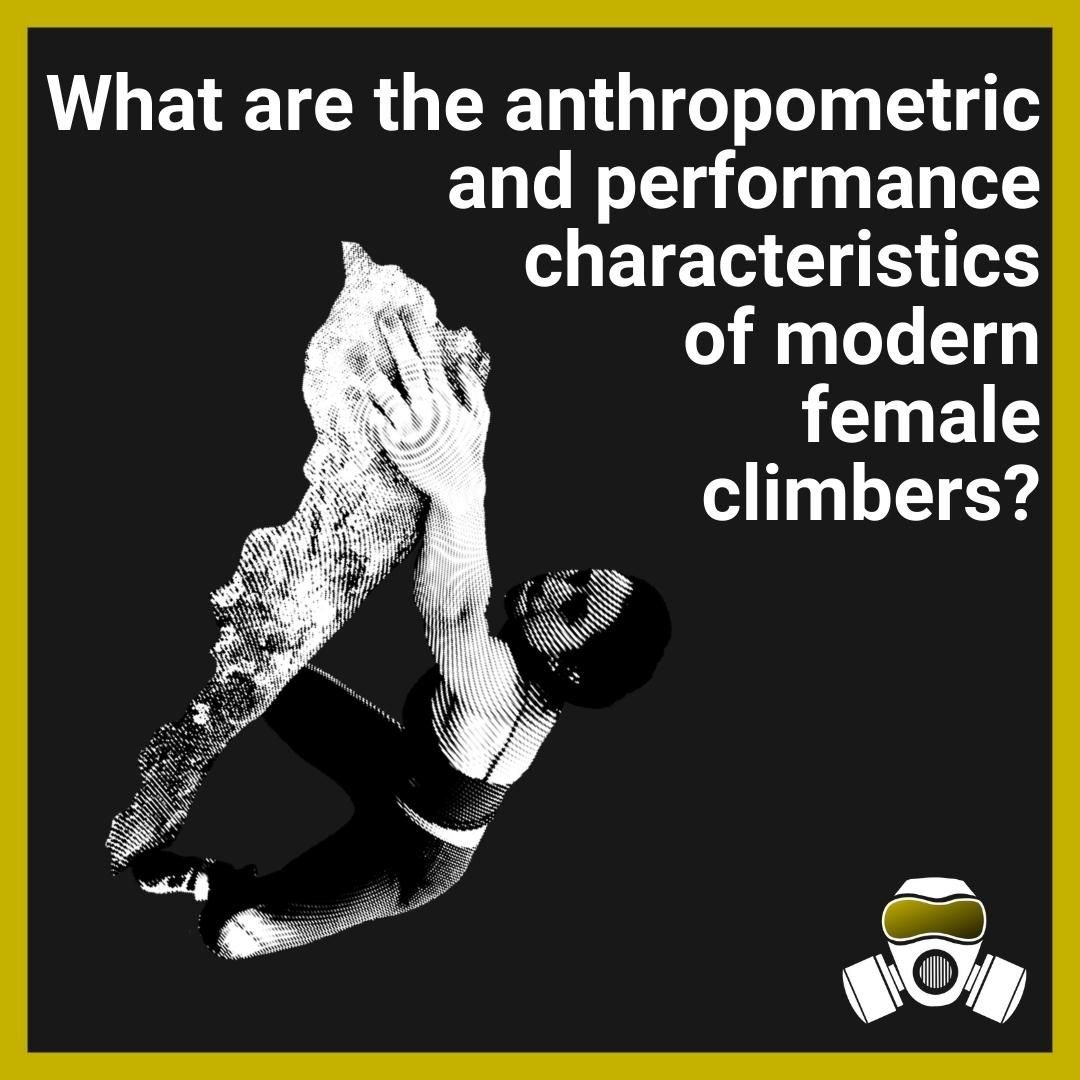
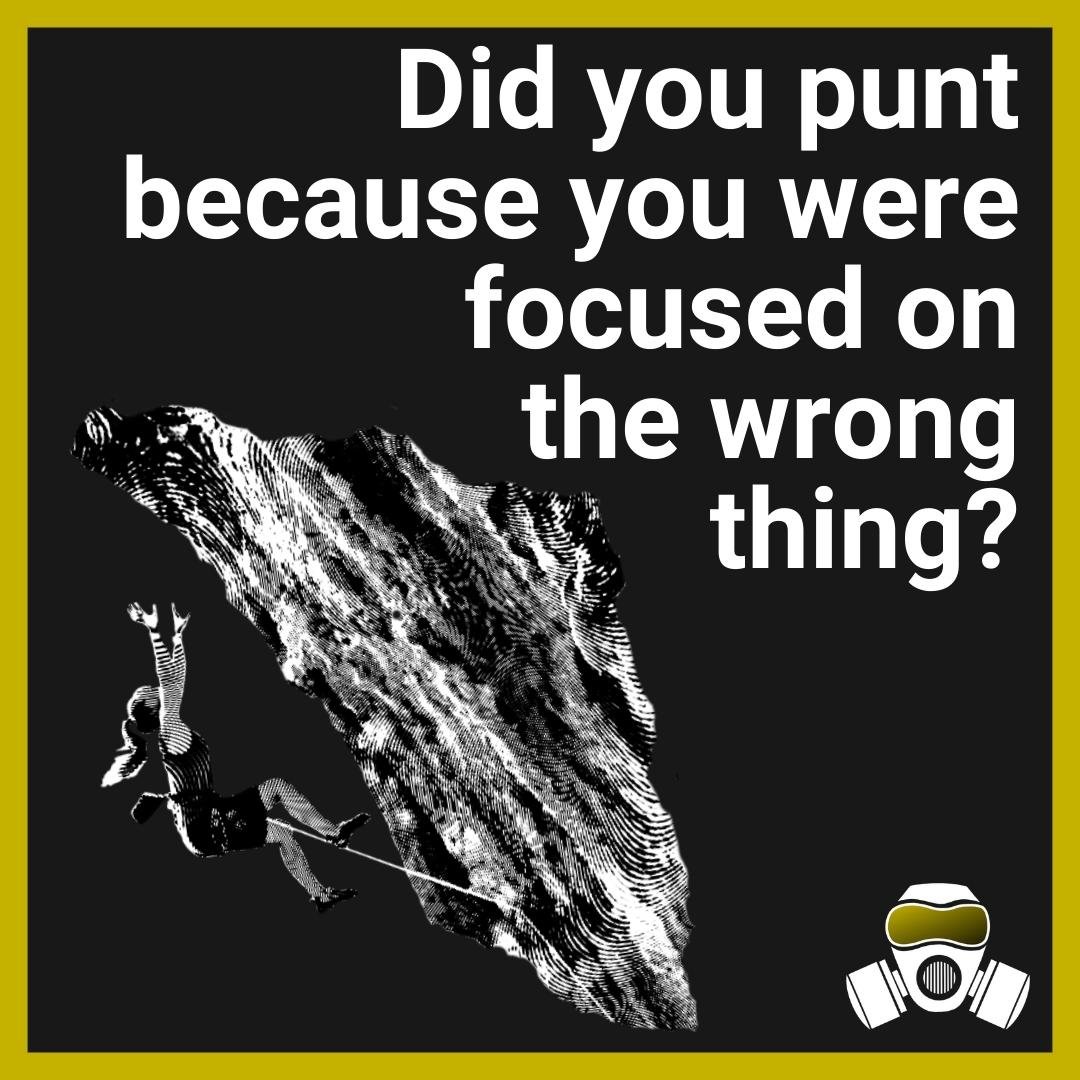
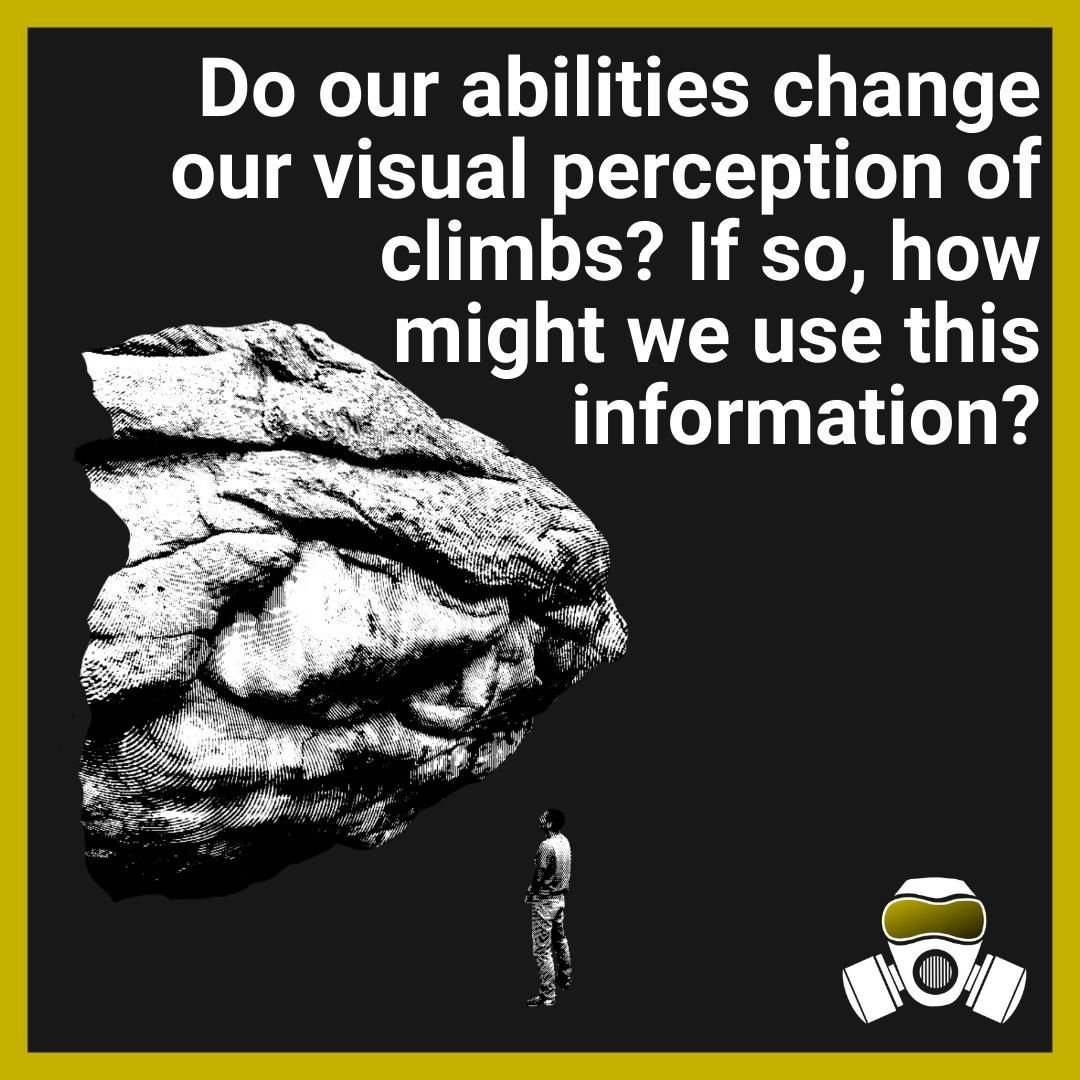
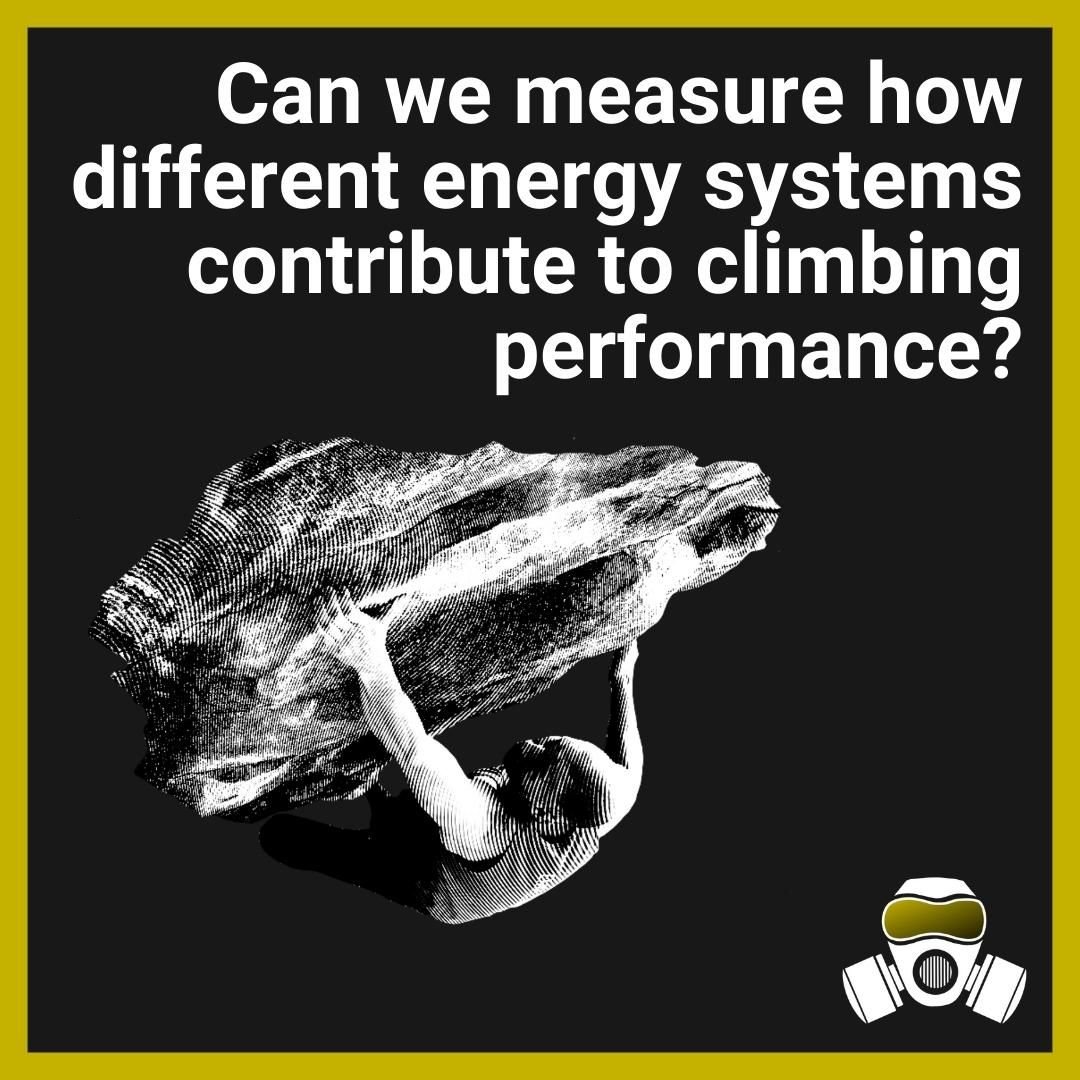
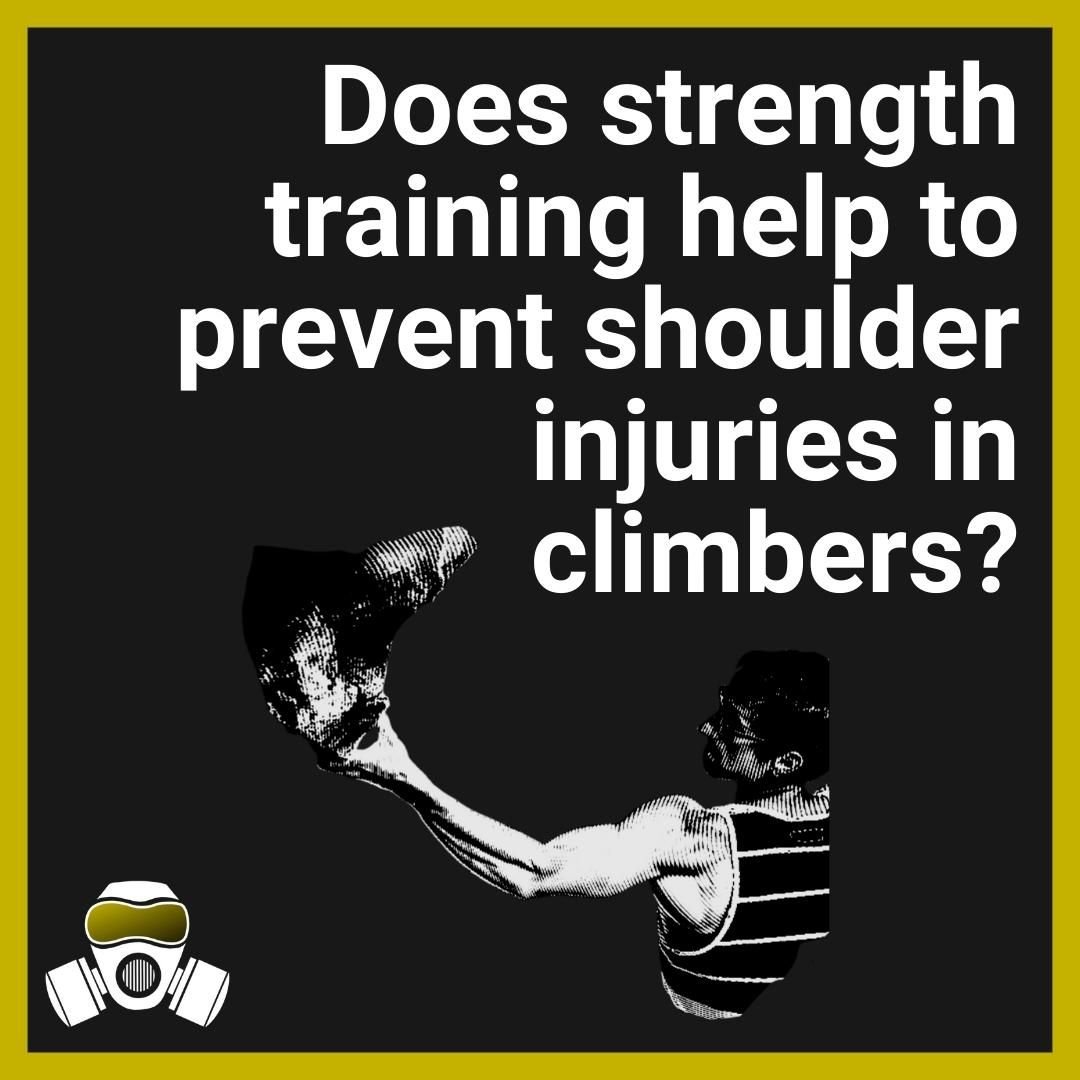











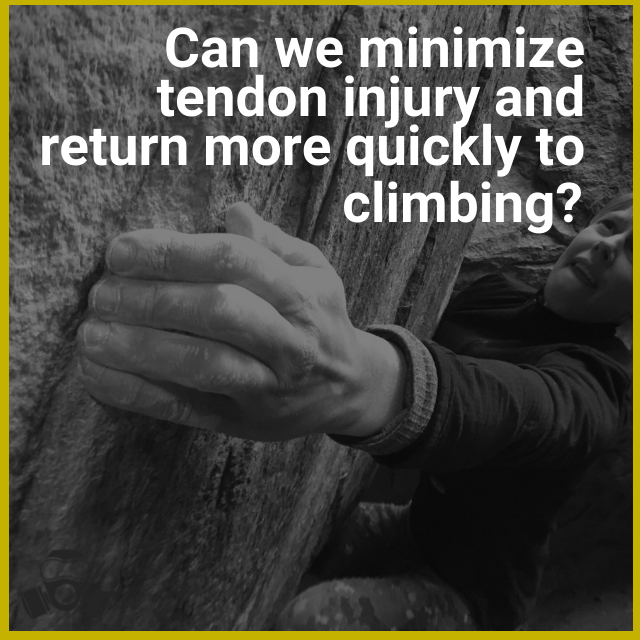
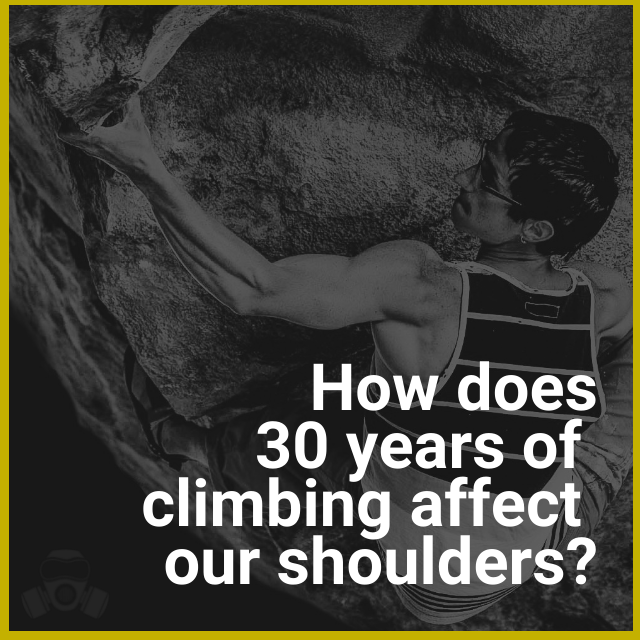





Kris and Paul dig into a paper that presents and then tests a method for measuring movement skills in sport climbing.